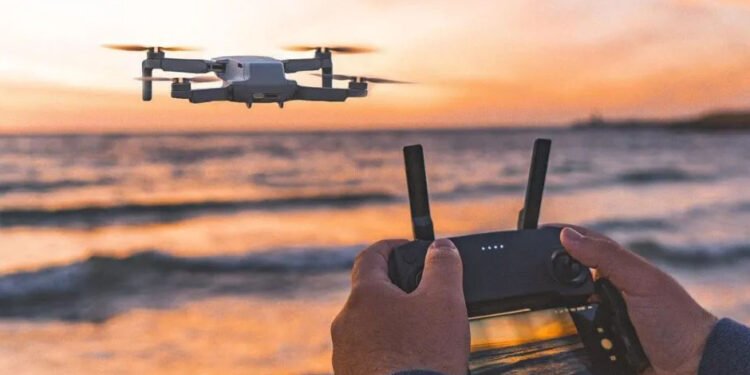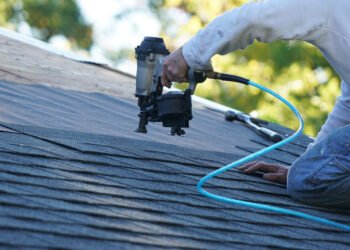Aerial storytelling has transformed how narratives are captured and conveyed. With advancements in drone technology, videographers can explore new creative horizons and push the boundaries of traditional filmmaking. But what exactly does it take to master the art of aerial storytelling? This article delves into techniques from leading professionals, including insights that reflect exceptional work in the field and offer valuable tips for aspiring filmmakers.
Understanding Aerial Storytelling
Aerial storytelling involves using drone videography to enhance a narrative visually. For example, avalanche studios showcase landscapes, events, or subjects from unique perspectives, allowing videographers to create engaging and immersive experiences. This technique allows for the exploration of storytelling elements that traditional videography may not capture.
Choosing the Right Equipment
The foundation of exceptional aerial storytelling lies in selecting the appropriate drone and camera equipment. Professionals often invest in high-quality drones that offer stability, versatility, and high-resolution cameras. For instance, drones equipped with 4K resolution cameras provide crisp, detailed images that bring stories to life.
But it’s not just about the hardware. Videographers must also be proficient in operating their equipment. Understanding drone controls, camera settings, and the intricacies of flight can significantly impact the quality of footage captured.
Planning The Shots
Planning is crucial in aerial videography. Professionals often begin with detailed storyboarding, outlining the shots they envision and organizing their filming schedule. This process helps in visualizing how each shot contributes to the overall narrative and ensures that all essential angles and perspectives are captured effectively. By having a clear plan, videographers can maximize their creativity and efficiency during the shoot.
Considering the time of day and weather conditions can also enhance the footage dramatically. Golden hour—shortly after sunrise or before sunset—offers stunning lighting for aerial shots.
Capturing Dynamic Movements
One of the defining features of aerial storytelling is the ability to capture dynamic movements. Professionals utilize techniques such as panning, tilting, and tracking to create fluid motion in their footage. For example, a drone flying smoothly alongside a moving subject can evoke a sense of adventure and excitement. Also, using various angles and heights adds depth to the story. A dramatic rise from ground level to a bird’s-eye view can emphasize the scale of a location or event.
Editing for Impact
Editing is where the magic truly happens. Professionals curate their footage, combining clips to create a cohesive story. This stage often involves color grading, sound design, and incorporating music that enhances the viewing experience.
Using techniques like slow motion or time-lapse can evoke different emotions and keep the audience invested. How do these elements transform the narrative? They create a rhythm that guides viewers through the story.
Collaborating with Creative Minds
Lastly, collaboration plays a significant role in successful aerial storytelling. Many leading professionals work closely with directors, editors, and other creatives to refine their narratives. By sharing ideas and feedback, they can elevate their projects to new heights.
For instance, many professionals exemplify how collaboration can yield stunning results. Bringing together various skill sets fosters innovation and creativity, ultimately enhancing the final product.
Aerial storytelling represents a unique blend of artistry and technology. By understanding the fundamentals—from choosing the right equipment to effective collaboration—aspiring videographers can create captivating narratives. For example, avalanche studios exemplifies how a dedication to high-quality production and innovative techniques leads to stunning visual storytelling. With the right techniques and a commitment to excellence, anyone can master the art of aerial storytelling and inspire their audience.












